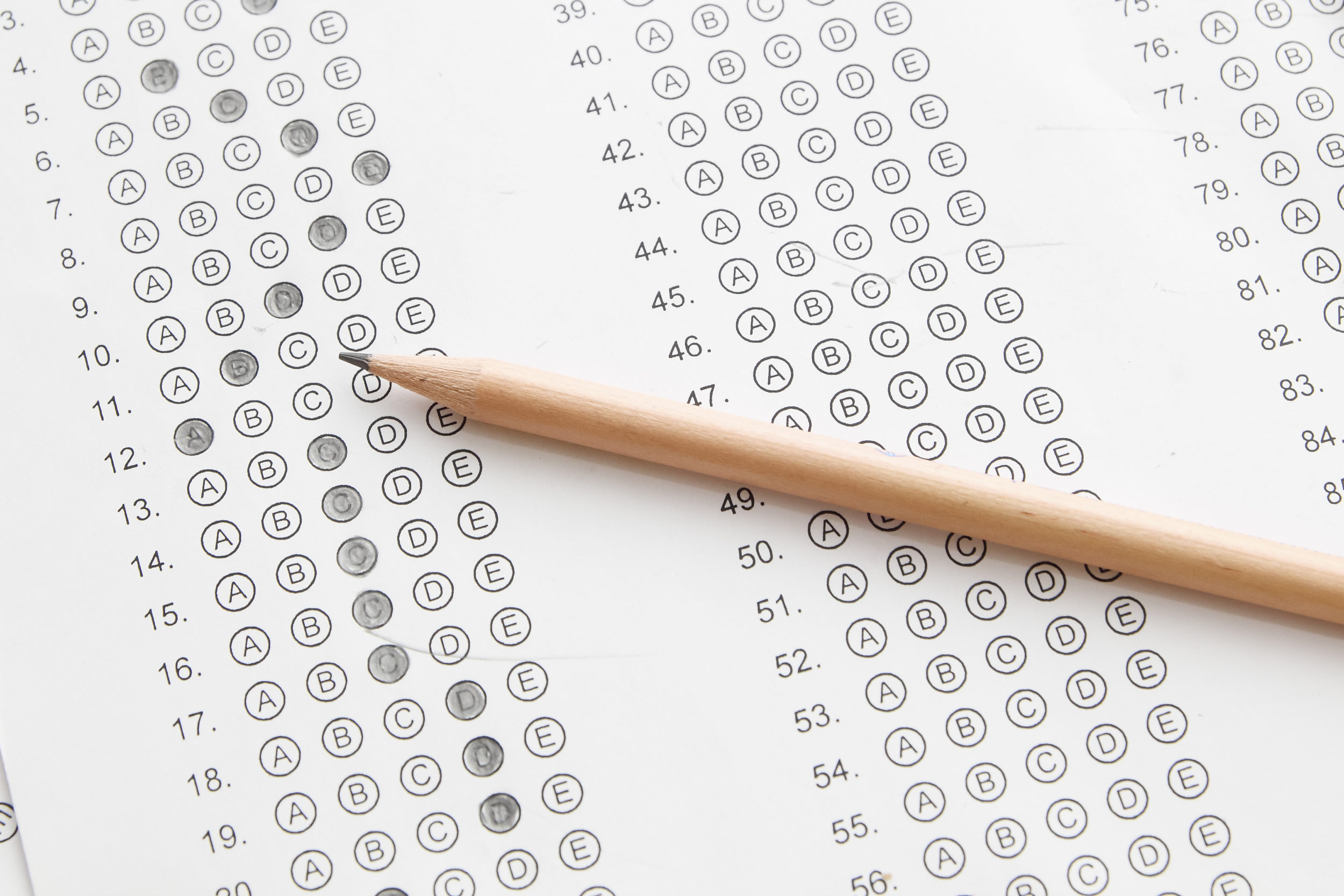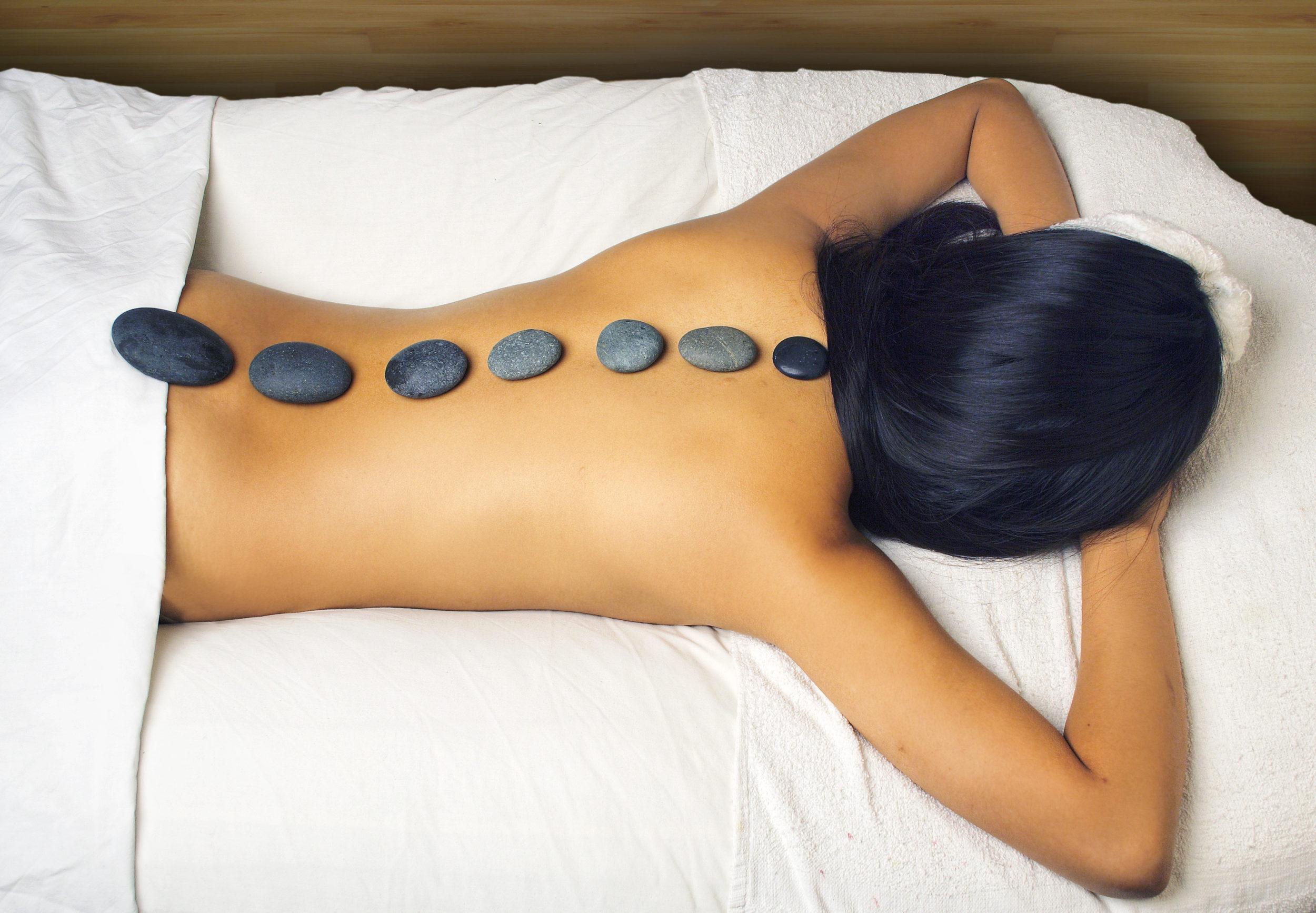The MBLEx Exam: What It Is, How It Works, and Why It Matters

A career in bodywork and massage therapy makes for an incredibly engaging, exciting occupation. Massage therapists work with a huge variety of patients, each of whom needs something different on their path to wellness. Ask any practitioner, and you’ll likely hear the same thing: it’s a highly rewarding line of work.
While in school for bodywork, your time is focused wholly on learning what you can about the profession. You put all of your energy into acquiring the skills necessary to provide your clients with a top tier, exceptional level of service. Whatever state you’re in, and regardless of which school or program you attend, there’s no question that there’s a lot to be learned while in massage school. Depending on your educational background beforehand, you may be exposed to a lot of new material for the very first time. Particularly when it comes to anatomy and physiology, pathophysiology, biochemistry, and other scientific realms of study, a massage therapy program can require an individual student to take in and process a massive amount of information in a relatively short period of time.
Still, while you’re in school, you get to devote all of your time and energy to one thing: studying. That study is directed at a wide range of goals. You’re concerned with making good grades, of course; but, you’re also thinking in terms of both your immediate needs as well as the big picture. On the one hand, you need to gain mastery of the material being presented to you so that you can advance through the program. On the other, you want to compile and assimilate all of this information in a way that will make you a competent, effective massage therapist once you begin your practice.
After finishing school, you’re faced with the necessity of distilling everything that you’ve learned into one singular and somewhat monumental task: passing your board examination so that you can obtain your license, and begin practicing massage therapy in a professional setting. For many, this is easier said than done. After all, trying to sort through many months and hundreds of hours of coursework, organize all of this information in your mind, and put it to use in the form of a standardized test is a major undertaking.
On top of this, there’s the fact that the world of professional massage is somewhat complicated when it comes to governing bodies and various professional organizations. As you may already know, there are multiple national associations and organizations that regulate the field of body and massage therapy. These organizations vary in terms of their age, history, level of prestige, and–perhaps most importantly–the bearing they have on your ability to obtain a license in your state of residence so that you can become a practitioner yourself.
Faced with all of this, it’s easy to feel overwhelmed and more than a little confused. But, don’t worry: that’s why we’ve put together this comprehensive guide to what’s arguably the most important exam you’ll take after finishing massage school: the Massage and Bodywork Licensing Examination, or MBLEx test.
As you’ll discover below, the MBLEx exam is required in the vast majority of states in order to become a licensed massage therapist. It’s therefore critical that you understand what it is, how it works, and how you can best prepare for it.
Before delving directly into the MBLEx test itself, though, we’ll provide you with a quick overview of the history of licensing and regulation here in the United States. From there, we’ll talk about the MBLEx exam itself: what it is, and what it is not. We’ll compare the MBLEx exam and its administering organization, the FSMTB, with other governing bodies and their tests so that you can understand why MBLEx matters. Finally, we’ll offer an overview of the test and how to prepare yourself for it.
By the time you’ve finished this guide, you’ll be an expert in MBLEx. Ready to learn more? Let’s get started.
Overview and History of Massage Licensing in the U.S.

Licensing and regulation in the world of massage therapy has shifted over the years. Decades ago, there was little to no regulation regulated to massage therapy. In 2005, Associated Bodywork and Massage Professionals (ABMP) came together and met with leaders in the occupation across more than twenty different states. As a result of their work, the Federation of State Massage Therapy Boards (FSMTB) was created.
The goal of the FSMTB was to put together a basic licensing examination: one which could be used all across the country (in virtually every state and territory) as a means of assessing a new practitioner’s competency. The exam would cover all of the essentials in the world of bodywork and massage, and provide a means for state licensing boards to ensure that an individual applying for a license in their state had a grasp of all of the fundamentals of bodywork. Additionally, the test would create continuity nationwide: rather than every state having completely disparate licensing requirements, there would be a baseline that professionals in every state would be expected to meet.
After a considerable amount of time and effort, this exam came into being. The FSMTB decided to call it the Massage and Bodywork Licensing Examination, or MBLEx. MBLEx now serves as an entry level standard all across the country: more than 40 states and territories require that practitioners pass MBLEx before being granted a license to practice in that state.
What is the MBLEx Exam?
The MBLEx exam is used to measure a would-be practitioner’s level of massage knowledge in 44 states, along with Puerto Rico, the U.S. Virgin Island, and the District of Columbia. The test can be taken nationwide, and has been assembled and updated with the input of more than fifty content experts utilizing input from over 7,000 bodywork professionals across the country.
As of 2017, anyone seeking to sit for the MBLEx exam must demonstrate that they’ve received education from an approved massage therapy program or course of study: i.e., one that’s been recognized by the official regulatory agency of the state in which it’s located.
FSMTB and MBLEx vs. NCBTMB
If you’ve spoken to enough massage professionals, or spent a good amount of time browsing the internet, you’ve likely stumbled upon a couple of other regulatory organizations and tests available to massage therapists. Perhaps the most commonly encountered organization aside from FSMTB is the National Certification Board for Therapeutic Massage and Bodywork, or NCBTMB. The NCBTMB was founded in 1992 by professionals nationwide. The NCBTMB subsequently created the National Certification Examination for Therapeutic Massage and Bodywork, or NCBTMB. This test served as a means of measuring the competency of students entering the field of massage for many years. However, in 2014, the test was discontinued, and replaced by the NCBTMB Board Certification Exam.
The purpose of the new NCBTMB Board Certification credential is not to provide individuals with licensure. Instead, Board Certification is meant to serve as an extra, optional credential for practitioners who wish to go above and beyond. It indicates that a practitioner aims to hold themselves to the highest possible standard, and has thus sought out NCBTMB Board Certification in addition to their state licensure requirements.
What does this mean for you? In order to become a licensed massage therapist, you’ll need to sit for and pass the MBLEx test (unless you reside in Hawaii or New York, which have their own proprietary tests, or one of the handful of states where massage is still unregulated as of this year). Once you’ve obtained your state licensure, you can explore the possibility of NCBTMB Board Certification if you wish; however, it’s not required. For now, your focus should be on the MBLEx examination.
Overview of the MBLEx Test

With that in mind, what exactly does the MBLEx test cover? What subject areas are included? How is the test organized? The exam is divided into seven sections: anatomy and physiology; kinesiology; pathology, contraindications, areas of caution, and special populations; soft tissue techniques; client assessment, reassessment, and treatment plans; bodywork and massage modalities; ethics, laws, and boundaries in massage; and professional practice guidelines.
Here’s a breakdown of what’s covered within each of these sections.
Anatomy and Physiology
System structure and function
Each system of the human body is covered, including: circulatory; digestive, endocrine; integumentary; lymphatic; muscular; nervous; reproductive; respiratory; skeletal; urinary; and special senses. Both structure and function are included.
Tissue injury and repair
Energetic anatomy concepts
Kinesiology
Muscle components and characteristics
Muscle contractions
Proprioceptors
Muscular locations, attachments (both origins and insertions), actions, and fiber directions
Structure and function of joints
Range of motion
Concepts include active, passive, and resistant ranges of motion.
Pathology, contraindications, special populations, areas of caution
Pathology overview
Contraindications
Topics covered include site-specific and pathology related contraindications. Also included are tools and special applications.
Areas of caution
Special populations
Medication classes
Physiological benefits associated with soft tissue manipulation techniques
Identifying the physiological effects of the manipulation of soft tissues
The benefits of touch, included psychological components
The benefits of soft tissue manipulation, especially for particular client populations
Techniques associated with soft tissue
Topics includes types of strokes and sequences of application.
Application of heat and cold
Client assessment, reassessment, and treatment planning
Organizing a massage or bodywork therapy session
Client evaluation and consultation
Topics include verbal intake and client health history.
Collection of written data
Visual assessment, both general and postural
Palpation assessment
Range of motion in clients
Clinical reasoning
Topics include ruling out contraindications, setting goals for client treatment, evaluating the client’s response to previous treatment, and the creation of an overarching treatment strategy.
Ethics, laws, regulations, and boundaries
Foundations of ethical behavior
Boundaries in the professional environment
Violations of code of ethics
Defining and understanding the therapeutic relationship
Dual relationships
Sexual misconduct
Laws and regulations related to massage therapy and bodywork
Scope of practice for massage therapists and bodywork professionals
Communicating professionally
Confidentiality
Ethical principles
Professional practice guidelines
How to properly and safely utilize equipment and supplies
Hygiene for massage therapists
Cleanliness and sanitation
Safety practices
Topics include facilities, client safety, and personal safety for therapists.
Care for therapists
Proper body mechanics, protective equipment, injury prevention, and self-care.
Draping techniques
Business practices for therapists
Topics include strategic and business planning, office management, hiring and interviewing employees, effective marketing, recordkeeping (both client and business records), and proper documentation.
Terminology associated with business and healthcare
How to Prepare for MBLEx

As you can see, there’s a considerable amount of information covered by the MBLEx exam. So, what’s the best way to prepare for it?
On the surface, it might seem feasible to simply review the materials covered as part of your course of study at massage school. Admittedly, this isn’t a bad place to start. However, it’s far from ideal in terms of preparing you for the MBLEx exam. Why? Because reviewing course materials is a far cry from gearing up for a standardized test.
When it comes to preparing for a standardized exam like MBLEx, what you need is custom-tailored MBLEx test prep. Don’t waste time pouring over disparate materials from massage school that may or may not pertain directly to the test. Instead, you should focus your time and energy on studying the material that’s most likely to be on the exam itself.
In addition to reviewing the correct material, you should also devote a significant amount of time to practice tests. After all, you’re not trying to teach yourself new material: your aim is to train yourself to perform well on a particular standardized test, which is administered in a specific format. Highly targeted test prep will go a long way towards getting you ready for MBLEx.
What you need is an online test prep company with excellent formatting, focused and specific practice questions, accurately simulated practice tests, and customized review content that’s tailored to suit your needs as an individual learner. What you need is Bamboo™.
Why Choose Bamboo?
When it comes to test prep for the MBLEx exam, Bamboo is far and away the best option available. What makes Bamboo the right choice?
More Questions on Our Practice Tests
Preparing for a comprehensive test is difficult. There’s a ton of material to cover. And, on top of that, there are thousands of different ways that this material might be approached on the actual test. The more practice questions you review ahead of time, the better prepared you’ll be. That’s why Bamboo offers over 5,100 practice questions in total: over a thousand more than our competitors.
Unlimited Simulated Exams
Once you’ve studied adequately, the best way to prepare for a test like the MBLEx is to take as many practice exams as possible. While some of our competitors limit the number of times you can take a simulated test, Bamboo provides you with unlimited opportunities.
Animated Review Courses
Reviewing for a test is important, but let’s face it: it’s not exactly exciting or stimulating. There are times when studying can almost put you to sleep. That’s why Bamboo has made our review courses exciting and engaging: we use animation to keep things interesting, which means better retention of the material.
Customized Content
Everyone’s different. Depending on your background before entering massage school, you’ll likely find that some areas of the exam are easier for you than others. When studying and taking practice tests, it makes sense to focus on the areas where you need the most improvement. However, many of our competitors offer a “one size fits all approach,” where everyone receives the same practice questions. Bamboo does things differently: depending on your performance, our content is customized to help you improve your areas of weakness. That means less time spent studying overall, and a higher grade on the examination.
Compatible with Smartphones and Tablets
In this day and age, we’re constantly on the go. As nice as it would be to sit down and dedicate large chunks of time to studying when you’re at home in front of your computer, that’s not always practical or possible. Bamboo recognizes this, and that’s why we’ve made our review courses and practice test content compatible with both mobile phones and tablet devices. You can take our content along with you and practice anytime, anywhere: on your lunch break, the subway, or whenever you have a minute to spare. All of that extra time adds up, resulting in a higher score. Please note: Any device capable of running iOS 4 or greater is recommended.
The Best Pricing in the Industry
Bamboo offers the best MBLEx test prep in the industry. However, we recognize that quality and affordability need to go hand in hand. That’s why we have pricing available to suit any budget: starting at just $39, Bamboo is the perfect combination of excellent features and great value.
